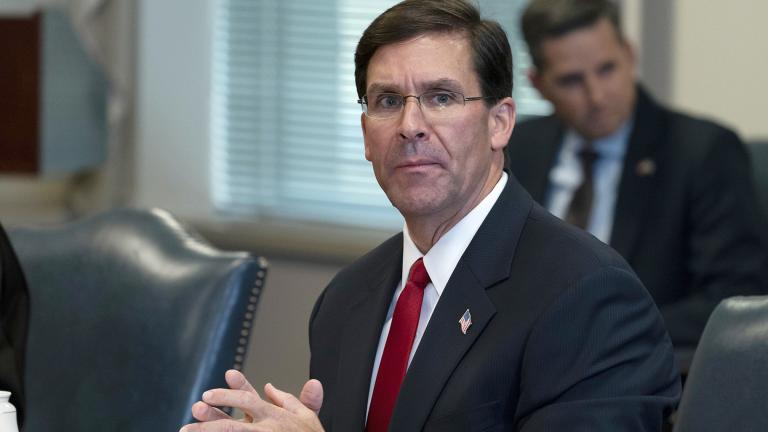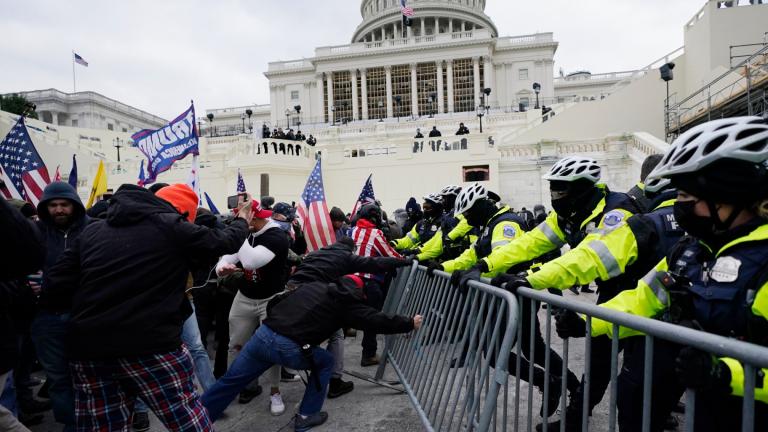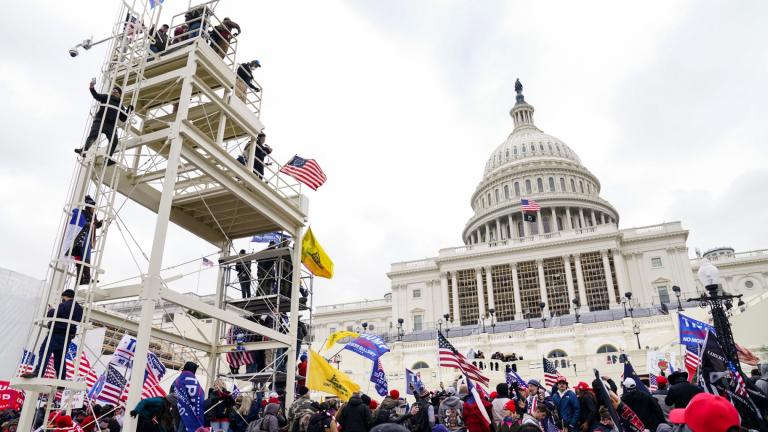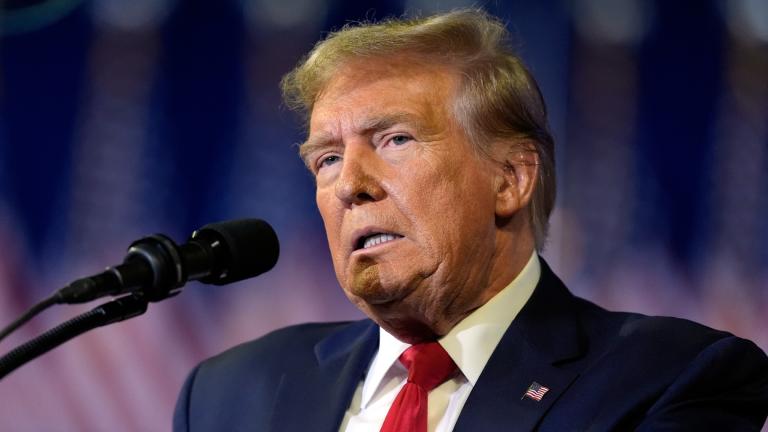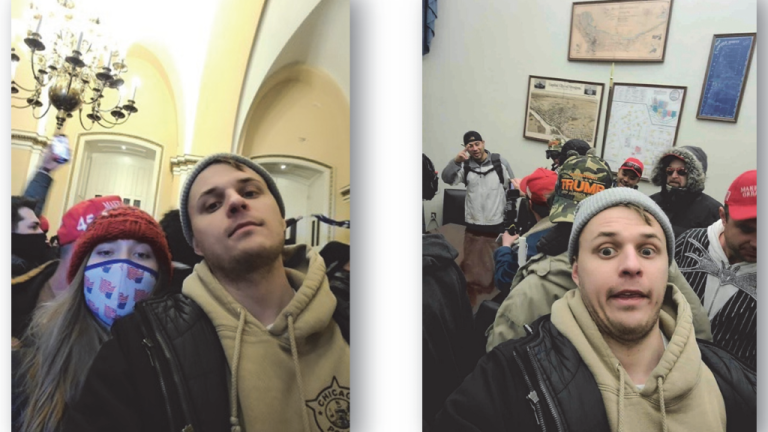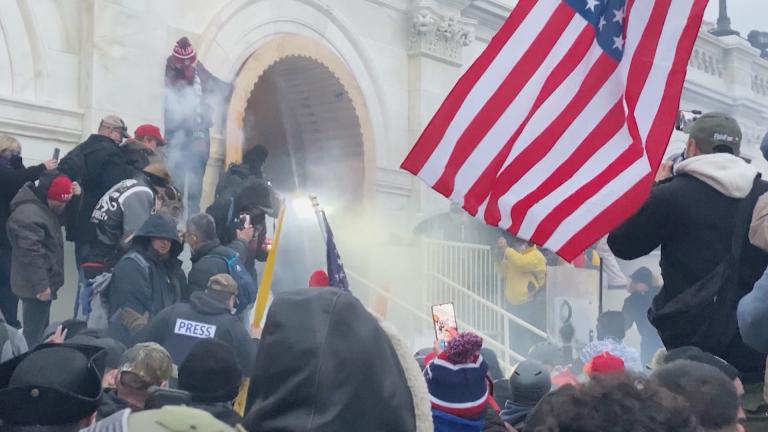As Democrats and some Republicans voted to impeach President Donald Trump, the FBI is warning of plans for armed protests at state capitols in all 50 states ahead of Inauguration Day.
The deadly storming of the U.S. Capitol one week ago brought together many extremist organizations, from right-wing militias to members of the Proud Boys.
“You had a lot of groups, ranging from the Proud Boys to the Oath Keepers to the Three Percenters to Turning Point USA, different groups like that who are showing up at the Capitol and mingling, frankly, with others who are just there to protest. That created this type of mob mentality that was going on,” said David Goldenberg, Midwest regional director of the Anti-Defamation League. (Turning Point USA says its group was not there, but a separate, affiliated student group, TPAction, did attend the president’s speech.)
In the wake of the riots, 77% of Americans say are concerned about violence in the next year from anti-government and militia movement members, according to a survey released Tuesday by the ADL. It also found that 75% of Americans are concerned about violence over the next year by white supremacists.
In October, the Department of Homeland Security’s first annual homeland threat assesment named white supremacist extremists as the biggest threat facing the U.S.
“Among DVEs (Domestic Violent Extremists), racially and ethnically motivated violent extremists—specifically white supremacist extremists—will remain the most persistent and lethal threat in the Homeland,” the report reads.
Much of the coordination of extremist groups, particularly for last week’s event, occurs online, said Megan Squire, a professor of computer science at Elon University and a senior fellow at the Southern Poverty Law Center who tracks online extremism.
“The role of the online platforms cannot be overstated in this case. That’s absolutely where the vast, vast majority of planning, if not all of it, for these events and probably future events as well,” Squire said.
After the attack on the Capitol, mainstream social media sites like Twitter and Facebook have been removing extremist accounts. Some users had been moving to Parler, until Amazon Web Services stopped hosting the app. Now, extremists are turning to smaller, niche platforms like Signal and Telegram, Squire said.
Removing groups and accounts from social platforms is an effective way to disrupt networks of extremists, Squire said. However, there isn’t much coordination between social platforms once groups or accounts are removed.
While extremists move to other platforms that are sometimes encrypted, it doesn’t necessarily make them more difficult to track.
“There are some upsides to folks moving to different platforms. They tend to be very disorganized, they make a lot of mistakes, they don’t know how to use the platforms,” Squire said. “It’s often easier to collect data from some of these niche platforms than it is from the mainstream.”
As for any planned protests in the coming days, Goldenberg said that while conversations online have increased from extremists and others who want to participate, there appears to be less coordination than there was prior to the attack on the Capitol.
“What we have to do though is realize that we’ve got to take them at their word and law enforcement, elected officials and others need to be prepared for the potential (violence),” Goldenberg said. “When you get these extremists mingling with others who might just be there to protest, it creates a volatile situation where violence is really possible.”
Note: This story has been updated to state Turning Point USA did not participate in the events.

